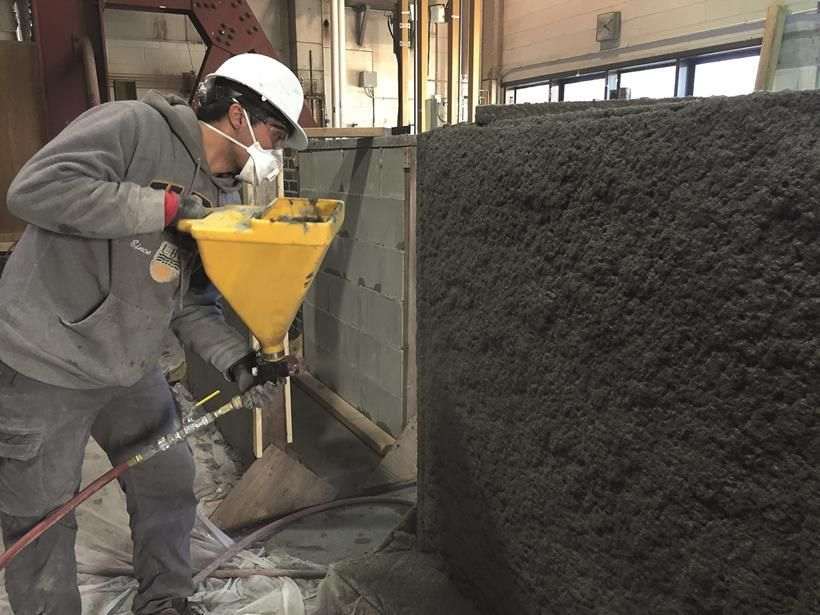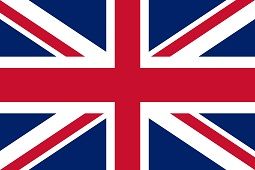It might have been considered science fiction a decade ago, but today concrete is being brought to life by new innovations that enable it to flex under pressure, convert the sun’s energy into electricity, and even heal itself.

Researchers at Binghamton University in the state of New York, US, have been working on a way to impregnate concrete with fungus spores to create a self-healing material.
Trichoderma Reese is a type of fungus that has the capacity to secrete calcium carbonate. By incorporating spores into concrete as it is being mixed, along with the necessary nutrients, it is believed that they could lie dormant until cracks appear, at which point the spores would be activated by the arrival of water and oxygen, prompting them to germinate and seal the cracks with calcium carbonate.
In this way, the problem of larger cracks would be stopped before they got the chance to start, by the closing up of micro-cracks.
Congress Jin, an assistant professor of mechanical engineering at Binghamton University, said, “Without proper treatment, cracks tend to progress further and eventually require costly repair.
If micro-cracks expand and reach the steel reinforcement, not only the concrete will be attacked, but also the reinforcement will be corroded.”
It was suggested that this could provide an inexpensive way to deal with widespread underinvestment in infrastructure. However, the research is still in its early stages, with the biggest challenge being to find a way for the spores to survive the mixing process and then lie dormant.
With that said, cracks in concrete may be a thing of the past. Researchers at another university in the US, the University of British Columbia (UBC), have recently developed a type of concrete that can stretch.
The so-called ‘eco-friendly ductile cementitious composite’ (EDCC) has had its molecular structure altered to give it the malleability and ductility of a metal. This means that it can withstand higher tensile forces. In fact, it was said to be capable of withstanding earthquakes as high as 9.1 on the Richter scale.
What’s more, the material does not have to form the main structural frame of a building; it can simply be sprayed on as a thin coating, enabling buildings to be retrofitted for earthquake resistance.
It is the addition of plastic fibers, fly ash and other industrial additives that give the concrete its flexibility, with the fly ash earning the material its eco-friendly label.
Nemy Banthia, a professor of civil engineering at UBC, said, “By replacing nearly 70% of cement with fly ash – an industrial by-product – we can reduce the amount of cement used. This is quite an urgent requirement as one tonne of cement production releases almost a tonne of carbon dioxide into the atmosphere, and the cement industry produces close to 7% of global greenhouse gas emissions.”
Also helping to make concrete more eco-friendly is the photovoltaic concrete façade developed by cement maker LafargeHolcim and solar equipment firm Heliatek, working in collaboration.
The cladding solution combines LafargeHolcim’s Ductal panels with Heliatek’s HeliaFilm, a flexible and lightweight solar film. It was said to boost a building’s ability to generate energy independently and offer a reliable, decentralized and low-carbon energy supply. It has been estimated that a ten-story building with 60% of its façade covered in this cladding system could generate approximately 30% of its annual energy requirement.
Gérard Kuperfarb, head of growth and innovation at LafargeHolcim, said, “With this Ductal/HeliaFilm solution, building owners and developers, as well as architects and engineers, will be able to mitigate the energy costs of a building while enjoying the many benefits of a very light, low-maintenance and long-lasting cladding solution.”














